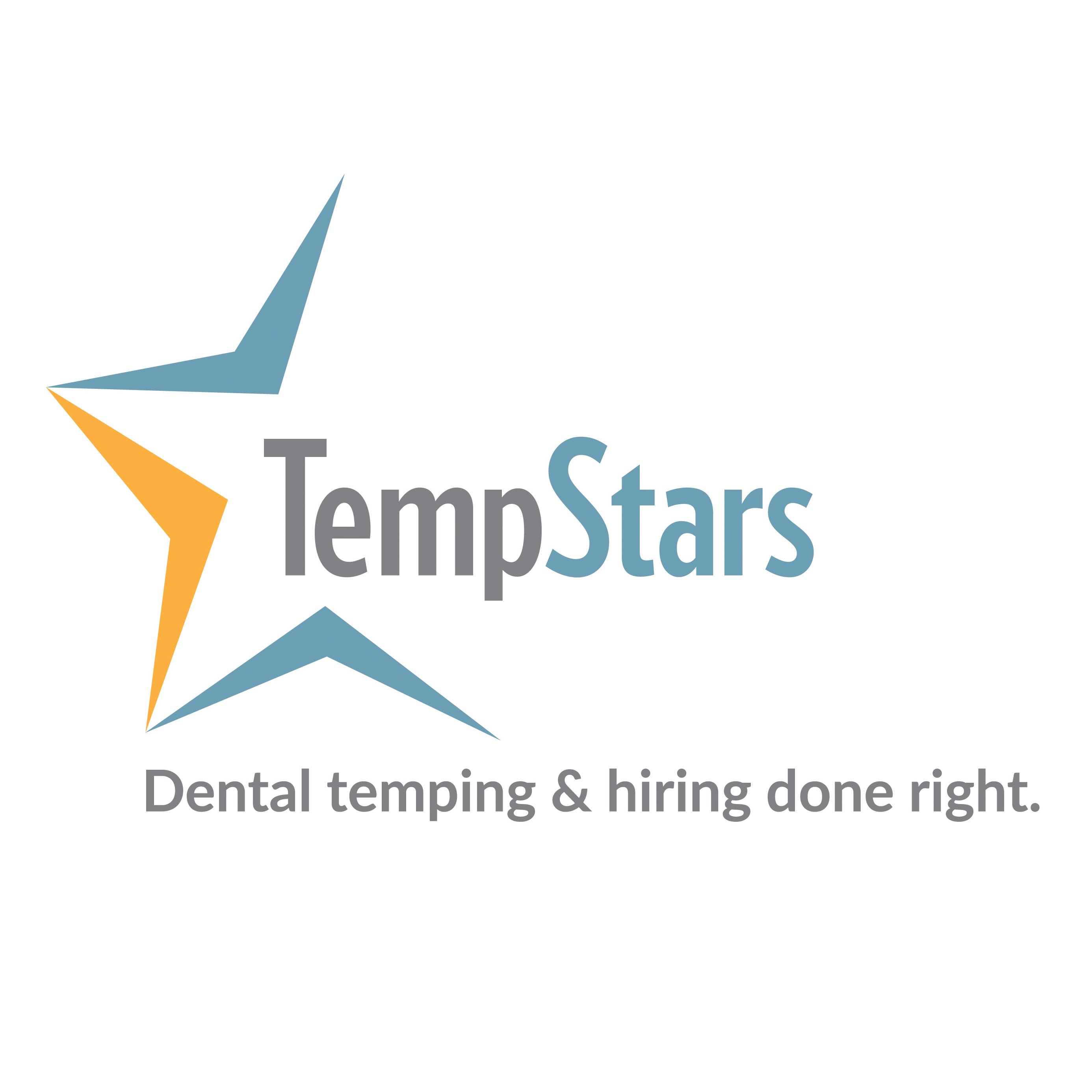Introduction
As you can imagine, when running the daily operations of Canada’s largest dental temping and hiring service, we receive a constant flow of feedback from our members.
Just recently we had a great conversation with a dental hygienist member in Ontario, and we were discussing the CDHO and RCDSO Guidelines and how different offices are ensuring they are compliant for their dental hygiene department. And an interesting point was raised about guideline compliance and safety.
I know there is some hesitation and uncertainty as we all head back to see our patients. And every dental professional must consider their own unique situation and make their own individual decisions based on what they feel is best for their health and that of their family.
The idea behind this article is not an attempt to dictate how anyone should feel or discount anyone’s feelings – rather that, when we analyze the provision of dentistry across Canada over the past months as things re-open, there are some interesting data that may help restore some confidence and allay some nervousness in returning to practice.
Before We Get Started
Before I go further – let me say that I have been (and continue to be) a staunch supporter of the CDHO and appreciate the difficulty and importance they have in making decisions based on public safety and the safety of their dental hygienist licensees. I do feel they need to independently come to decisions and draft guidelines based on their assessment of the available evidence.
And their mandate is to serve public safety, not dental hygienists or dentists. The same way that the RCDSO serves public safety, not dentists financial interests. We all have our provincial associations as our professional advocates, but the regulatory colleges are not meant for that.
And let me further say, that while I have deeply-rooted values, morals and sense of integrity, my opinion can definitely be swayed on most things when there is information, feedback and/or evidence that supports a different viewpoint. So this article is my evolving opinion, and a discussion piece – which is why I ended the title with a “?”. I’m hoping for a lot of comments, feedback and insights from our members and other readers in the dental profession.
How I Got to “Risk is less than 1 in 3,000,000”
For starters, there are approximately 10,000 dental office locations across Canada. Give or take a few thousand- I’m just using round numbers here in an “order of magnitude” estimate.
Let’s say each office conservatively has been doing 5 dental procedures by dentists per day (general dentistry including AGP’s but excluding dental hygiene procedures).
So every day across Canada, there are ~50,000 dental procedures being done by dentists, in addition to the dental hygiene treatment being completed by hygienists outside of Ontario.
And let’s just say Canada re-opened dental offices on June 1st (some were earlier, some were a bit later, but most offices in Canada were allowed to re-open on June 1st).
So in June/July, that’s 60 days – I know that includes Sundays but the “5 procedures per day” would include busier days which would essentially offset closed Sundays.
50,000 procedures per day X 60 days = 3,000,000 procedures in June and July. Again, just working with round number approximates.
I keep a pretty close eye on dental news. And between my personal friends, colleagues, our thousands of TempStars members and our growing TempStars team, I likely would know if there was a case of COVID-19 (among patients or dental teams) that had been traced back to a dental office. And there have been zero instances of this, as far as I can find (and I do continue to look).
And we’re into mid-August now, which means even more than 3,000,000 dental procedures have been completed without a report/confirmed case of coronavirus being transmitted in a dental office environment.
To me that suggests that every day, the evidence is supporting that the current COVID-19 regulatory guidelines for dentists and dental hygienists (outside of Ontario) across Canada are adequate to minimize the risk of coronavirus transmission to the public and among dental workers.
Further Thoughts
So I’m all for the “precautionary principle” in the absence of solid evidence, but aren’t we gaining evidence on a daily basis that the dental colleges and dental hygiene colleges (outside of Ontario) have implemented guidelines that reduce the risk of coronavirus transmission in a dental office to below 1 in 3,000,000?
And I think realistically, there likely will end up being a case of transmission in a dental office, and if/when that happens, we’ll have a better idea of the actual calculated risk. So if (hypothetically) a transmission happens after 4,000,000 dental procedures have been completed, then we would know the risk is around 1 in 4,000,000 which in the context of risk assessment is extremely low.
So this leaves me with the feeling that – an Ontario dental office that isn’t following the CDHO guidelines in their hygiene department is without question non-compliant for their dental hygienist to treat patients, but are they being unsafe?
And to be clear – being compliant with regulatory bodies is critically important, and compliance is intertwined with safety, I’m not suggesting otherwise. An argument could be made that being compliant and being safe are equally important – but they’re different issues, and they’re important for different reasons.
That being said, the evidence suggests an office should not be thought of as “less safe” with respect to COVID-19 transmission if they aren’t following the CDHO guidelines – provided they are doing appropriate screening, using masks, gowns and face shields appropriately and correctly following all their guidelines. And I can’t help but think this position is strengthened with every day that passes without a confirmed case of dental office transmission.
But, Let’s Not Forget
Ontario dental offices must ensure they are not asking dental hygienists to put their licenses at risk by doing dental procedures in a way that make them non-compliant with their licensing guidelines. Any Ontario dental office owner or manager expecting a dental hygienist to perform AGP’s must ensure all the PPE, infrastructure and protocols are in place to be compliant with the CDHO, without compromise.
As dental professionals and cornerstone members of the dental team, dental hygienists are bound by the guidelines of their regulatory college, the same way dentists are. Owners and managers have to make sure they continue to respect and accommodate those guidelines.
And as always, it is incumbent on all dental office owners, managers and leaders to ensure that their team is adequately equipped to be safe and compliant when they perform their duties and that everyone has a safe and healthy work environment.
Thank You
I’m looking forward to hearing what you think about this – I think it’s a provoking thought experiment and I’m hoping it generates a lively discussion! And if you do know (or hear) of any cases being traced back to dental office transmission in Canada, I’d appreciate it if you could pass the information along. Stay safe!












